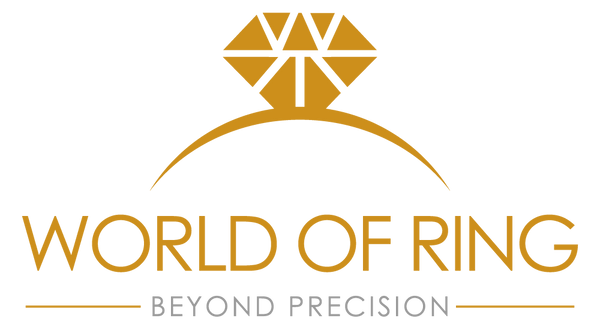4 C's of Diamond
Diamond clarity

Diamond color

Carat

Jewels and different gemstones are said something metric carats: one carat is equivalent to 0.2 grams, about a similar load as a paperclip. (Try not to mistake carat for karat, as in "18K gold," which alludes to gold immaculateness.) Just as a dollar is separated into 100 pennies, a carat is isolated into 100. For instance, a 50-point precious stone gauges 0.50 carats. Yet, two precious stones of equivalent weight can have altogether different qualities relying upon different individuals from the Four C's: clearness, shading, and cut.
Most of the precious stones utilized in fine gems gauge one carat or less. Since even a small amount of a carat can have a significant effect in cost, accuracy is pivotal. In the precious stone industry, weight is regularly estimated to the hundred-thousandths of a carat, and adjusted to a hundredth of a carat. Jewel loads more prominent than one carat are communicated in carats and decimals. (For example, a 1.08 ct. stone would be depicted as "one point gracious eight carats," or "one goodness eight.")
How did the Carat framework start?
The carat, the standard unit of weight for precious stones and different gemstones, takes its name from the carob seed. Since these little seeds had a genuinely uniform weight, early jewel dealers utilized them as stabilizers in their equalization scales. The cutting edge metric carat, equivalent to 0.2 grams, was embraced by the United States in 1913 and different nations before long. Today, a carat weighs precisely the equivalent in each edge of the world.
Cut

Diamonds are renowned for their ability to transmit light and sparkle so intensely. We often think of a diamond’s cut as shape (round, heart, oval, marquise, pear), but a diamond’s cut grade is really about how well a diamond’s facets interact with light. Precise artistry and workmanship are required to fashion a stone so its proportions, symmetry, and polish deliver the magnificent return of light only possible in a diamond. A diamond’s cut is crucial to the stone’s final beauty and value. And of all the diamond 4Cs, it is the most complex and technically difficult to analyze.
